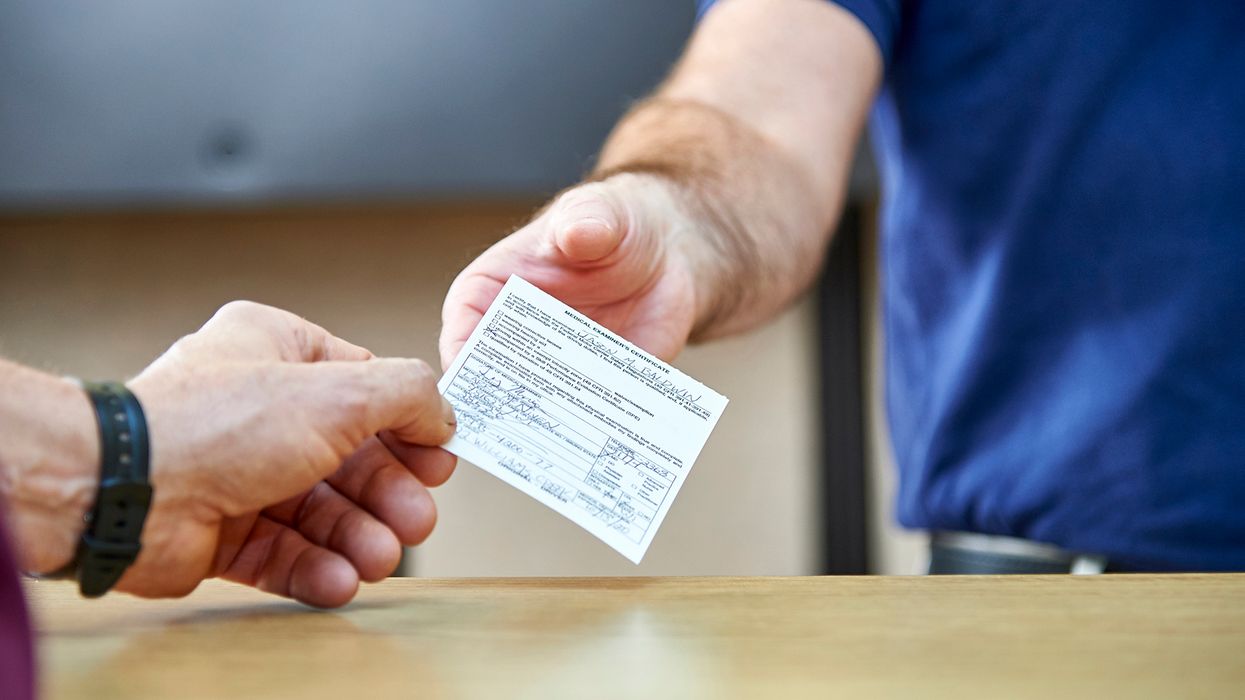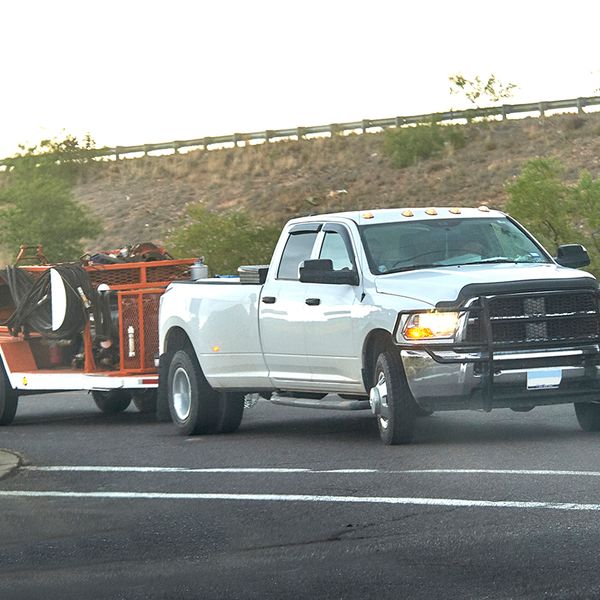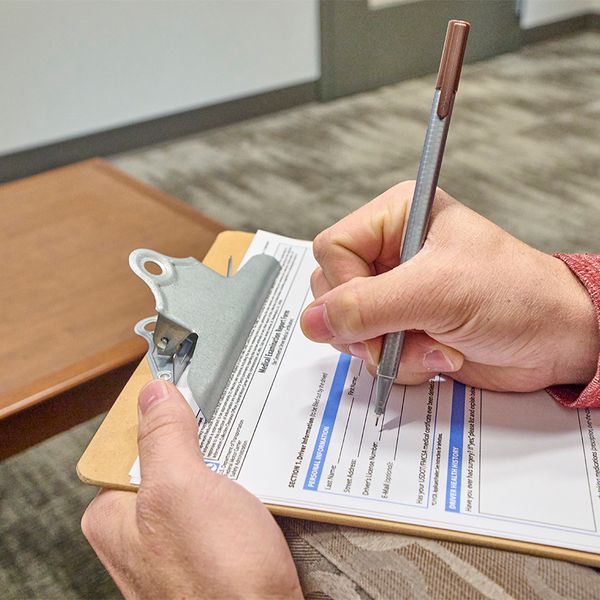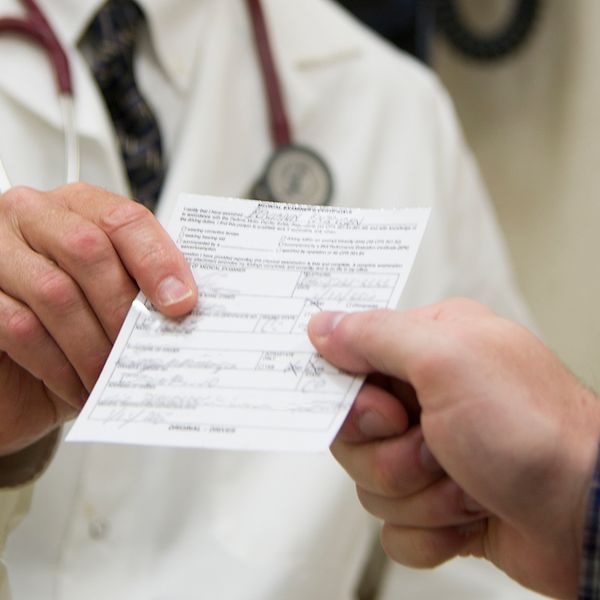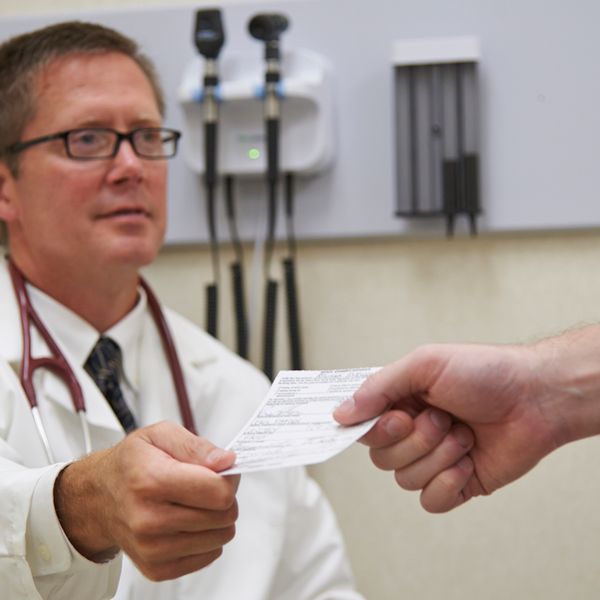NewsIndustry NewsPhysical exam - Motor CarrierFleet SafetyDriver qualificationsDrivers qualification (DQ file)Focus AreaIn-Depth ArticleUSAEnglishTransportationPhysical exam - Motor Carrier
Debunking the Top 5 driver medical certification misconceptions
2023-11-20T06:00:00Z
A commercial motor vehicle (CMV) driver’s medical certification is vital to maintaining a driver’s qualifications (DQ) and highway safety. Federal Motor Carrier Safety Administration (FMCSA) found that 40 percent of medical cards are for one year or less. That is a lot of recertifications to manage correctly.
Understanding recertification requirements is essential to avoid medically disqualified drivers and to have proof of medical certification.
The following table covers five common medical certification misconceptions along with the facts:
| Misconception | Facts |
|---|---|
| 1. Commercial Driver’s License (CDL) drivers need a new DOT exam when the driver moves to a new state along with a new motor vehicle record (MVR) in their DQ file. | DOT exam: There is no requirement for a CDL driver to get another DOT exam when they transfer to a new state after they obtain the new state’s license within 30 days of establishing a residence as required. The concern is that the license number on the medical card won’t match the one on the motor vehicle record (MVR). The prior state’s license should show in the CDL Information System (CDLIS) as being surrendered or a similar status. MVR: A new MVR is not required for a CDL driver after moving to a new state. However, a new MVR is a best practice to verify that the driver shows as medically certified and has the same endorsements and restrictions, if any. Running an MVR in the prior and new states could reset the annual MVR and review date if those are the only licensing states in the past 12 months. |
| 2. A driver off work due to an injury or medical condition for more than 30 days must have a DOT exam. | FMCSA does not require a DOT exam upon return unless the injury or illness may cause the driver to be unsafe or unable to carry out their regular duties. A carrier may have a company policy to have all drivers medically requalified after an extended absence or work-related injury. |
| 3. CDL drivers operating intrastate-only do not need to submit their medical cards to the State Driver Licensing Authority (SDLA). | Tier 1 or interstate non-excepted (must be medically certified) CDL drivers must submit each medical card to the SDLA after recertification to maintain their driving privileges. However, Tier 3 CDL drivers, known as Intrastate non-excepted (must be medically certified to operate a CMV), must submit each new medical card to the SDLA only if required. Verify the SDLA’s policy to be sure. |
| 4. A carrier does not need to verify that the Certified Medical Examiner (CME) was on the National Registry of CMEs when accepting a current medical card at hire. | For every CMV driver hired, there must be proof of verification that the CME was on the registry on the exam date, even for current medical cards accepted at hire. Compliant proof of verification includes a note, or a screenshot of the CME’s registry page along with the name of the person who did the verification and the date. |
| 5. A non-CDL driver cannot use an electronic copy of their medical card while operating a CMV. | The Commercial Vehicle Safety Alliance (CVSA) issued guidance that allows an electronic copy (PDF or digital image) of a valid medical card to be accepted in lieu of a hardcopy during roadside inspections. |

